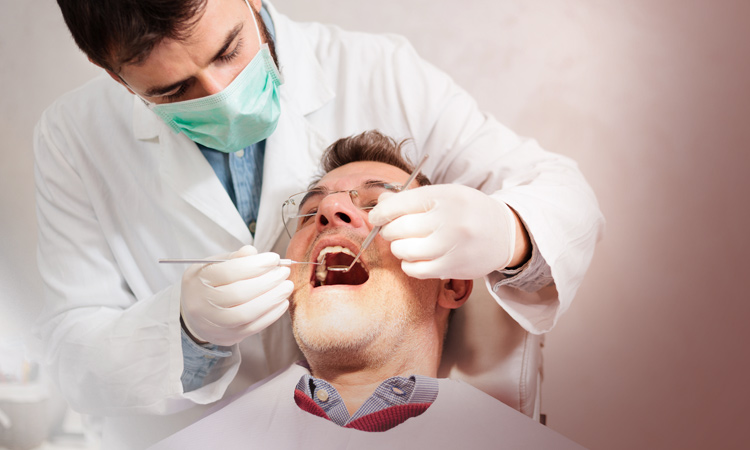Feature
Detecting Dental Decay with Infrared Light
A variety of optical techniques could overcome some of the shortcomings of more traditional tools for one of the dentist’s oldest tasks—finding cavities.
 [Getty Images]
[Getty Images]
Despite considerable progress in treatment, dental caries—tooth decay—remains the most prevalent chronic disease in both children and adults. Dentists commonly use visual and tactile means (for example, dental probes), coupled with radiography (dental X-rays), to identify caries lesions, or cavities. The widespread use of fluoride has meant that lesions commonly crop up where fluoride doesn’t easily penetrate—typically in the pits and fissures of the crowns of posterior teeth (occlusal lesions), or at the contact points in-between teeth (interproximal lesions). That makes them difficult to detect by conventional means. Lesions also congregate near dental root surfaces, and constitute an increasing problem in an aging population.
…Log in or become a member to view the full text of this article.
This article may be available for purchase via the search at Optica Publishing Group.
Optica Members get the full text of Optics & Photonics News, plus a variety of other member benefits.

